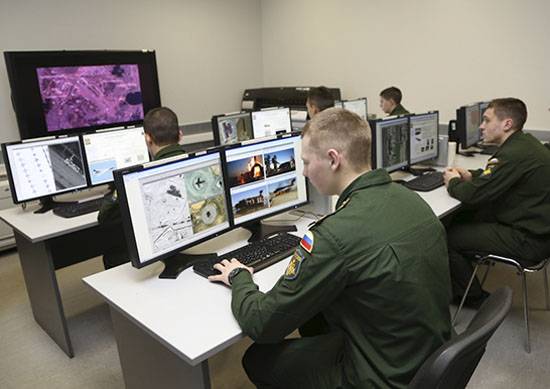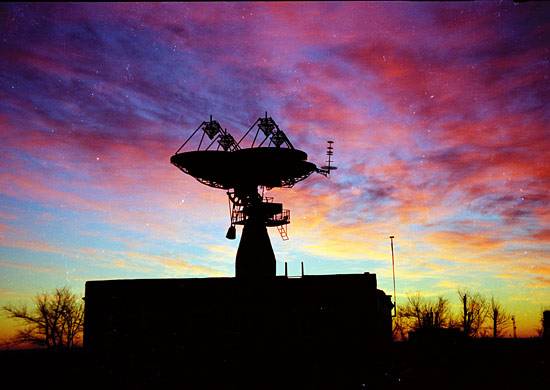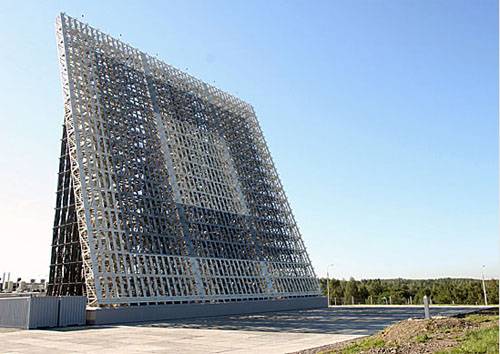60 anniversary of the launch of the first artificial satellite of the Earth and the Day of the Space Forces of Russia
Exactly 60 years ago - October 4 1957 years - booster "Sputnik", created on the basis of an intercontinental ballistic missile R-7, brought the first artificial satellite of the Earth on the calculated orbit. The launch was carried out from the 5 ground test site of the USSR SSR Tyura-Tam. Today this polygon all over the world is known as the Baikonur Cosmodrome - one of those places that are directly related to space exploration.
The era of cosmonautics, launched 6 decades ago, has pioneered our country in space exploration, one of the leading space powers, and now largely determines the strategy of national security and defense. After all, it is not for nothing that October 4 in Russia is annually celebrated as the Day of the Space Forces - troops that literally look beyond the cosmic horizons to ensure the stability of the country's borders.

Every day, specialists of the Center for Control of Outer Space of the Space Forces, which are part of the structure of the Russian Aerospace Force, carry out large-scale monitoring of space objects and potential threats. The number of measurements carried out and processed by military personnel of the CCCU during 24 hours is about 60 thousands! This work allows the information plan to maintain the main catalog of space objects, as well as monitor launches of spacecraft through the Ministry of Defense.

In the second half of August, the Center’s specialists took a spacecraft to escort, which was in orbit after the Proton-M launch vehicle launched. By and large, this is a significant event, since for many months the flights of the Protons were actually frozen due to the identified problems in the engines of the second and third stages. Specialists of the Voronezh Mechanical Plant, as reported in Roscosmos, have promised to eliminate the defects in all rocket engines produced lately by the end of the year.
By the way, in August of the current year another significant event took place, which is directly connected not only with the space program, but also specifically with the launch of the 1 satellite satellite into orbit. In honor of PS-1 (“Simplest Satellite-1”), astronomers decided to name a part of such a celestial body as Pluto, which for some time has ceased to be considered a planet in the classical understanding of this term. The International Astronomical Union (IAU) perpetuated the first Soviet satellite in the name of the Plutonian plain.
Returning to the activities of the space forces and their work in maintaining the main catalog of space objects, it is necessary to touch upon the contents of this object in more detail. The catalog presents a giant database with coordinate and non-coordinate information about space and subcosmic objects of artificial nature registered at altitudes from 120 thousand meters to 50 thousand km.
The main catalog is intended for long-term storage of orbital measuring, optical, radio engineering and special information about space objects of artificial origin. At the same time, special equipment of the Russian Center for Outer Space Monitoring allows determining and tracking approximately 1,5 of thousands of various indicators and parameters of an object: from its angular velocity to mass, size, type and place in the classifier list.
Today, space forces are actively working to adopt the newest types of weapons and special equipment. In particular, we are talking about radar stations of the new generation “Voronezh”, which have impressive characteristics in terms of object tracking accuracy and coverage of the monitoring space. By the 2020 year, it is planned to put into operation the 11 (the last of the planned) radar "Voronezh", capable of detecting both space and aerodynamic objects, including cruise and ballistic missiles. Speech about the object "Voronezh-SM", which will appear on the territory of Sevastopol.

Space forces today use the apparatus of the Unified space system, which is the basis of the space echelon of the missile attack warning system. It allows you to significantly reduce the time of detection of launches of ballistic missiles, and in this matter, literally every fraction of a second matters.
On this momentous day, “Military Review” congratulates all the servicemen of the Russian Space Forces on their holiday. On the same day, it is impossible not to honor the memory of all those outstanding Soviet scientists and engineers who stood at the origins of the national astronautics, who announced themselves with signals from the October 4 satellite 1957 of the year.
Information